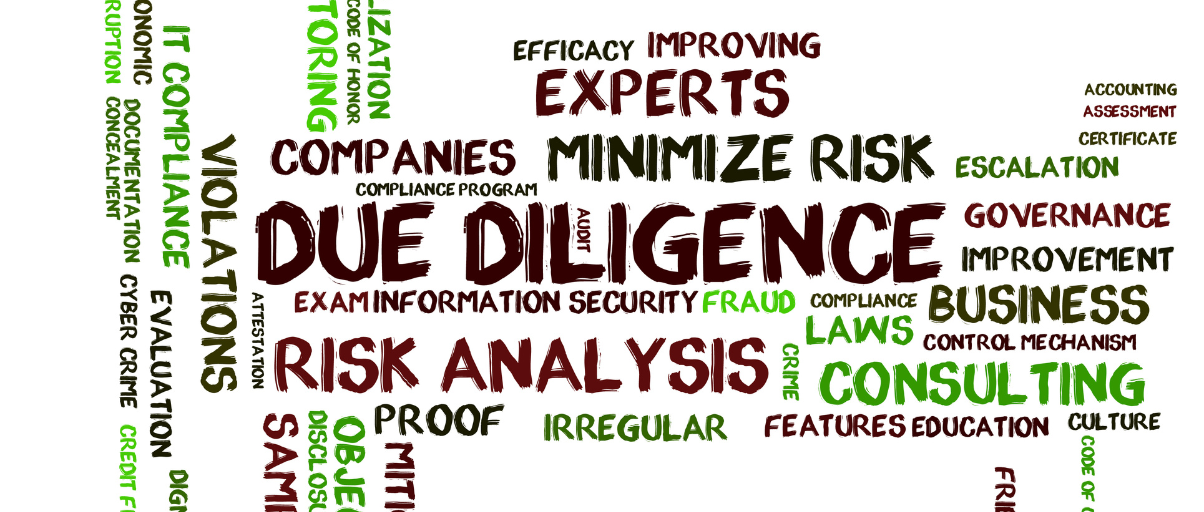
How Development Analysts Drive Smarter Real Estate Investment Decisions
- April 4, 2025
- OHI

Real estate development is a complex process that involves numerous stakeholders, capital, and moving parts. For investors, navigating this landscape requires more than just intuition—it demands accurate data, rigorous analysis, and strategic foresight. This is where development analyst plays a critical role. By evaluating feasibility, identifying risks, and offering data-driven insights, they help investors make smarter, more informed decisions that align with both short- and long-term objectives.
In this blog, we explore how development analysts empower real estate investment strategies and contribute to profitable development outcomes.

A development analyst is a key figure in real estate development firms, investment groups, or REITs. Their primary job is to conduct market research, financial modeling, and risk analysis for real estate projects. They work closely with acquisition teams, developers, finance departments, and senior management to assess whether a potential development project is viable—both in terms of market demand and financial returns.
Core responsibilities include:

Before any capital is committed, a development analyst assesses the feasibility of a potential project. This includes evaluating whether the project:
Through pro forma modeling, they calculate expected costs, revenues, and returns. This allows investors to understand potential profit margins, loan repayment schedules, and exit strategies.
For example, an analyst may calculate that a multifamily development in a suburban area can generate an IRR of 12% based on current market rents, construction costs, and absorption rates—enabling investors to benchmark it against other opportunities.

Every real estate project comes with inherent risks. Development analysts help identify and mitigate these risks before they impact the bottom line. Common risks include:
By conducting sensitivity analyses, analysts simulate how different variables (like delays or cost inflation) affect the financial outcome. This equips decision-makers with contingency plans and better visibility into potential pitfalls.

Development analysts also contribute to long-term strategic planning by identifying growth opportunities. Through deep market research, they can pinpoint:
They often collaborate with the investment committee to prioritize projects that align with the firm’s risk appetite and growth objectives. Their insights help real estate firms scale intelligently rather than reactively.
For instance, an analyst may uncover that a secondary city is experiencing high population growth and job creation, making it a prime candidate for future multifamily developments.

A development analyst also plays a key role in presenting information to stakeholders, such as:
Their models, reports, and dashboards provide a clear picture of project performance, assumptions, and risk factors. This builds trust and transparency—two essential elements for securing financing and investor confidence.
Modern analysts often use tools like Power BI, Excel dashboards, and GIS mapping software to visualize project data and trends, making complex information easier to understand.

During acquisitions and early-stage development, analysts assist with due diligence activities, such as:
This rigorous vetting ensures that investors go into a deal fully informed and prepared to handle any complications, reducing the likelihood of costly surprises later.

Imagine a real estate investment firm exploring a mixed-use development in a revitalizing downtown district. The project promises high returns, but the site has complex zoning overlays, uncertain demand for retail, and rising construction costs.
A development analyst steps in to:
As a result, the firm decides to modify the original plan, reduce retail space, and focus on build-to-rent residential units—ultimately increasing projected returns and reducing risk.

As real estate becomes more data-driven, the development analyst’s role is also evolving. Today’s top analysts are expected to have skills in:
This shift reflects the broader transformation of real estate into a more tech-integrated and data-informed industry.

Development analysts may not always be in the spotlight, but they are the backbone of smart investment decisions in real estate. By blending technical expertise, market insight, and strategic thinking, they help investors navigate uncertainty, reduce risks, and seize high-return opportunities.
For firms looking to grow their portfolios and outperform the competition, investing in skilled development analysts is not just a smart move—it’s a strategic necessity.
Contact us for a customized NO OBLIGATION proposal for outsourcing your accounting activities.







